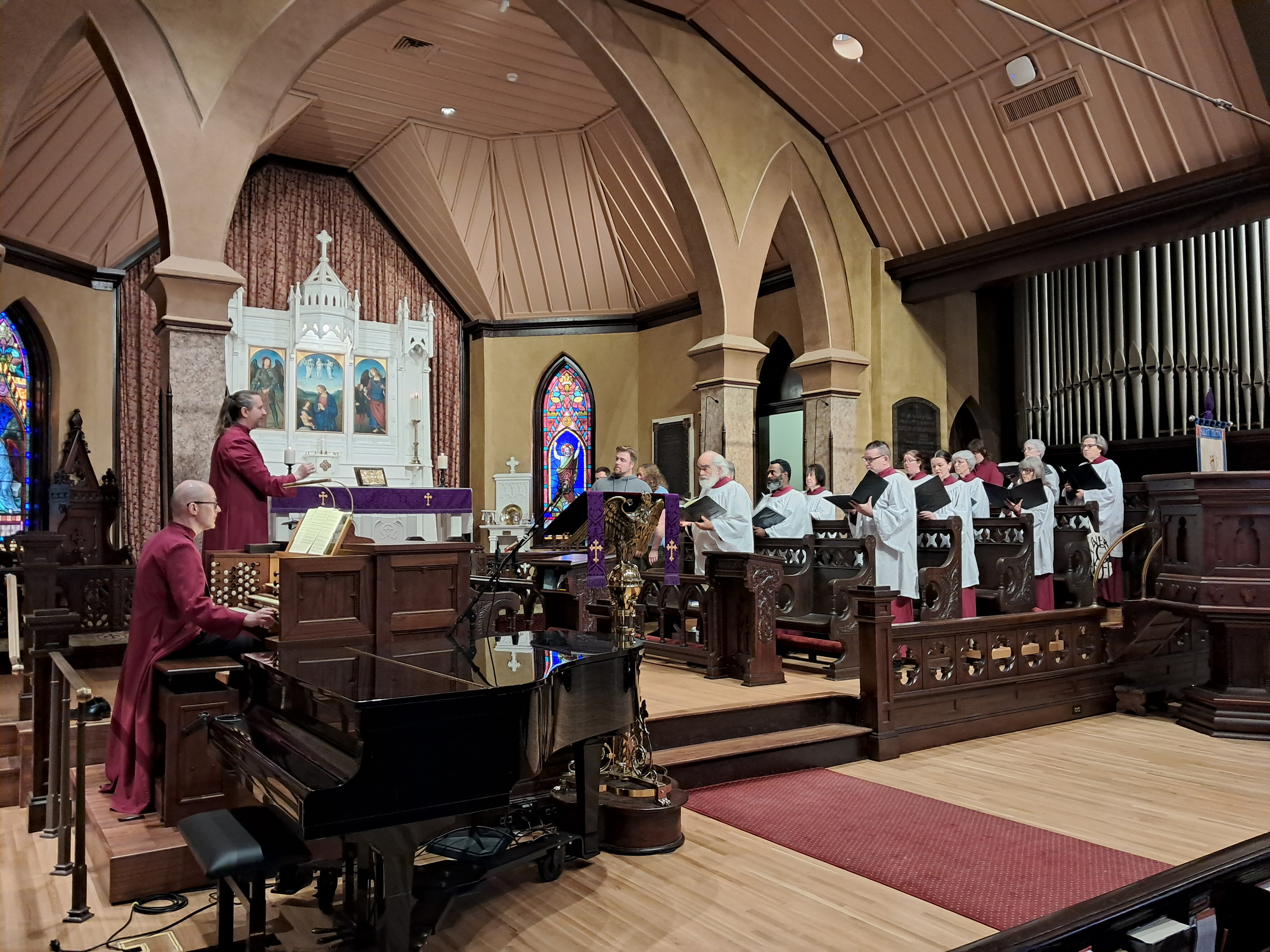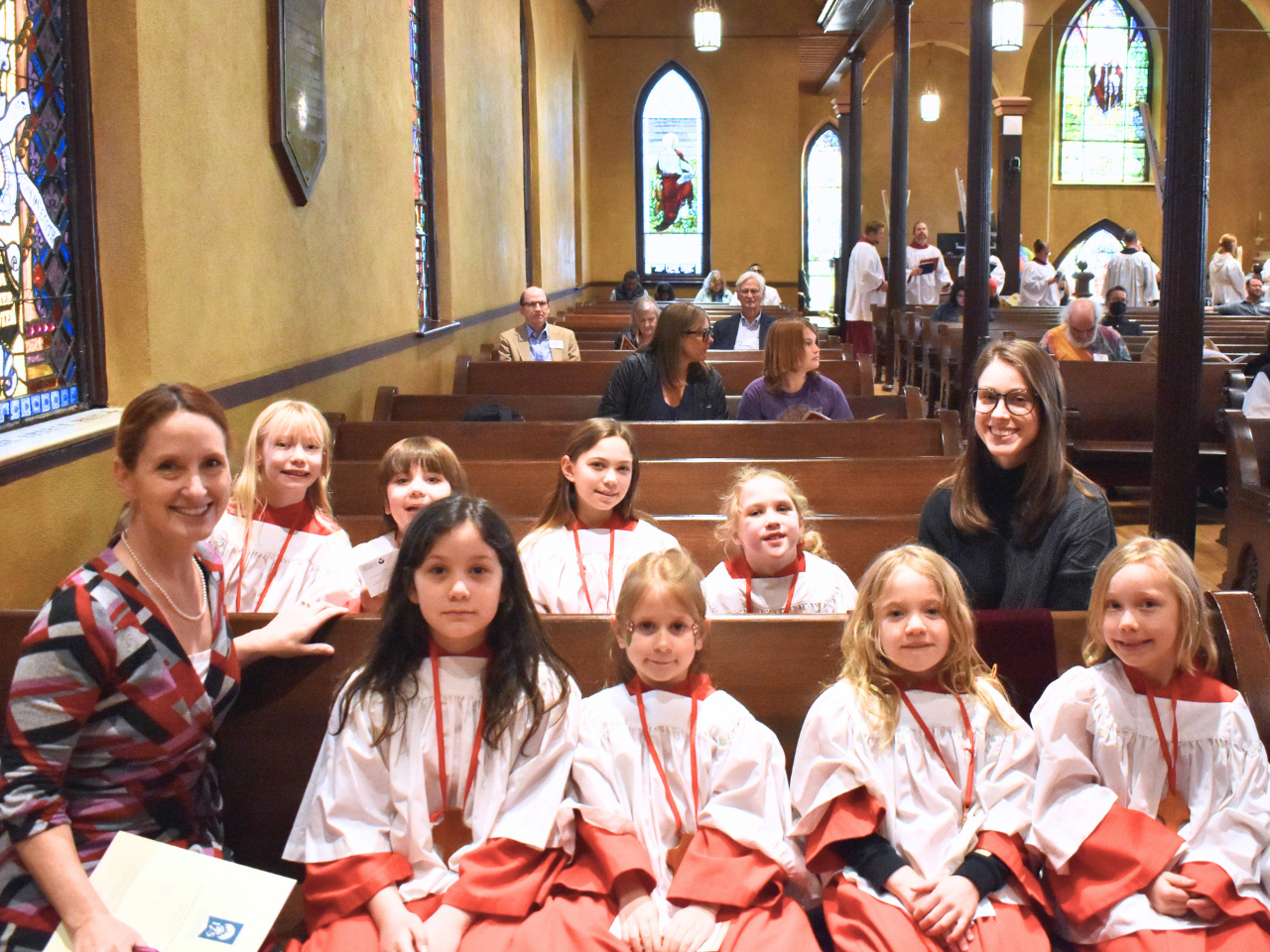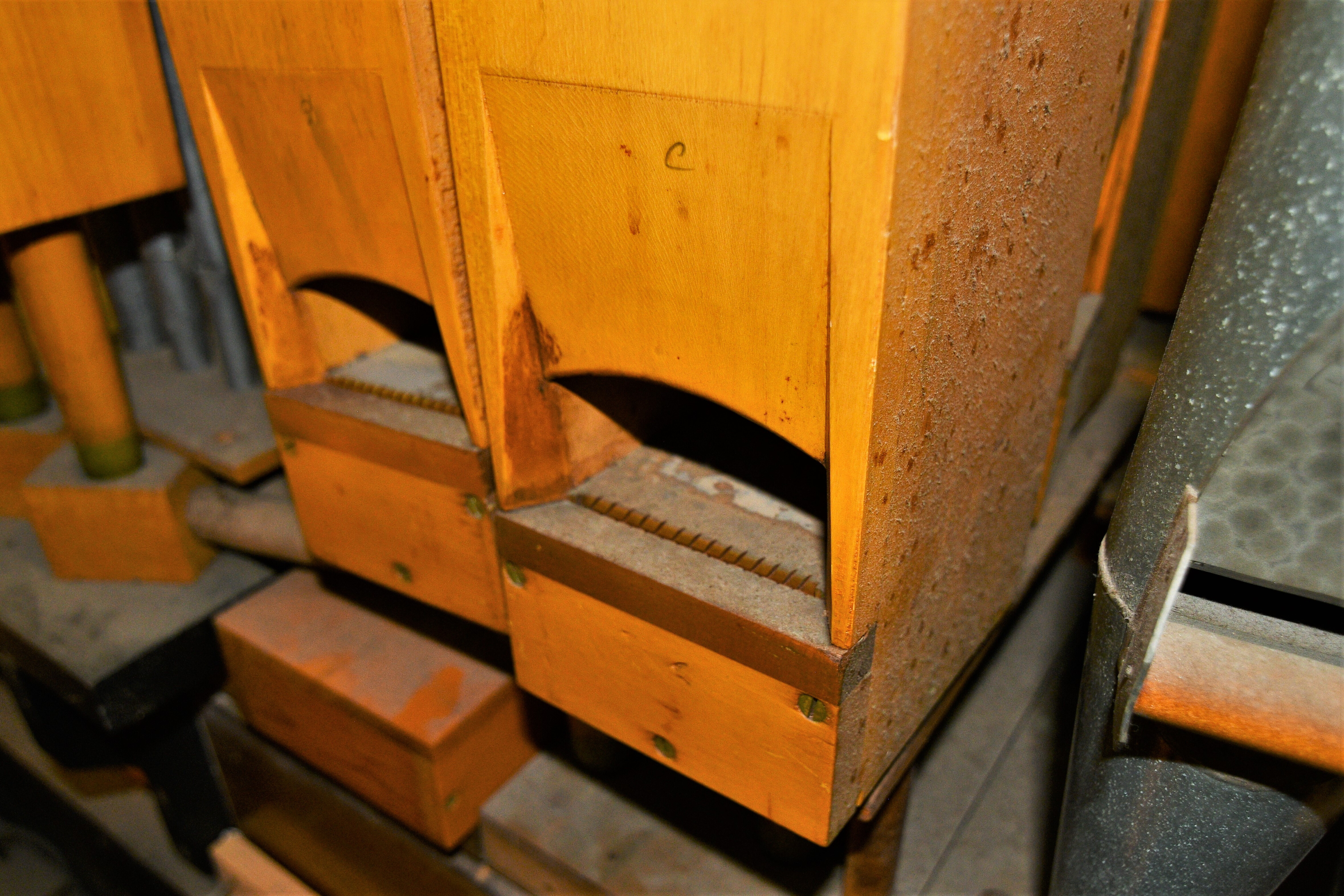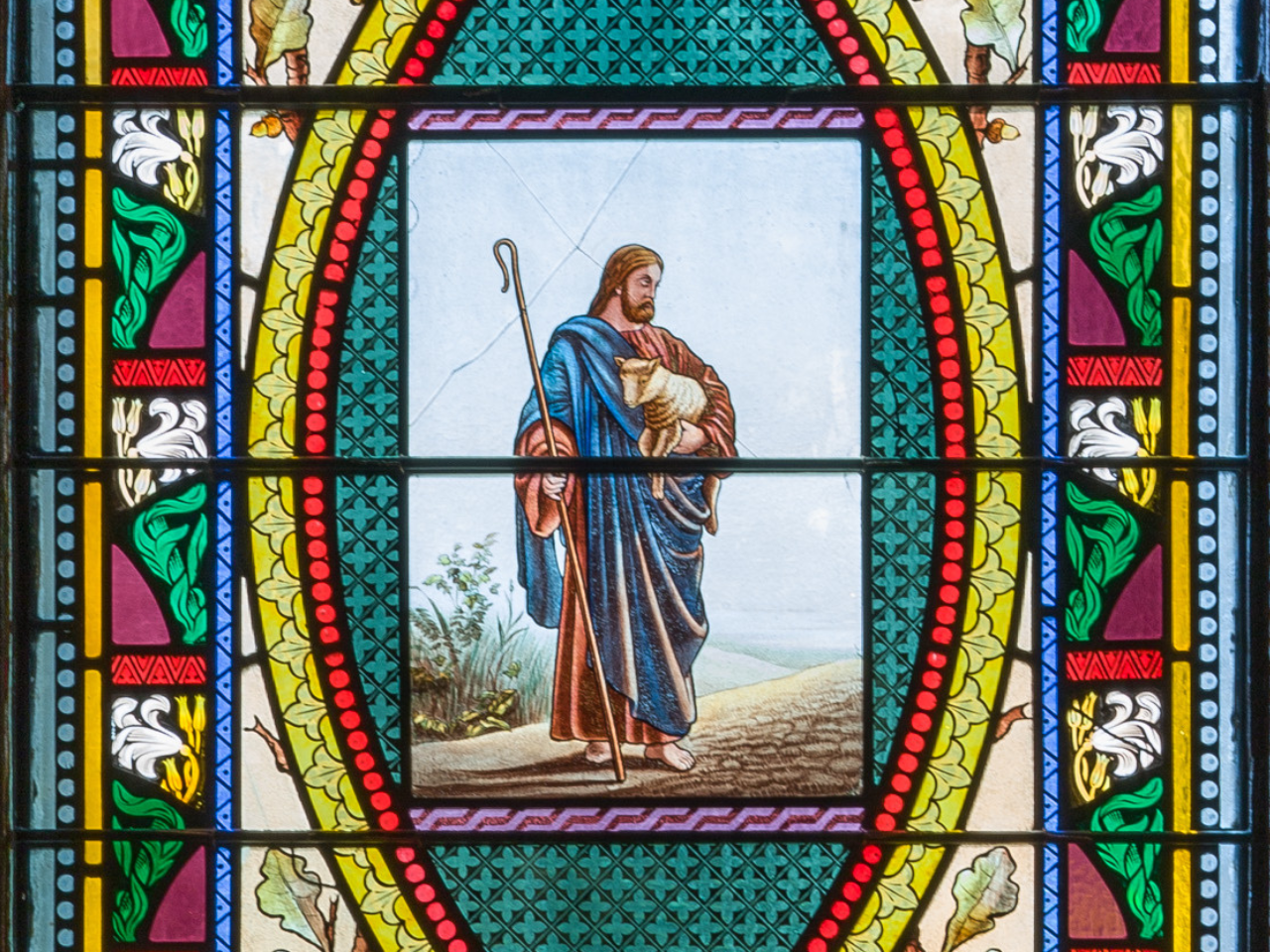
These notes apply to the music heard at the 11:15 a.m. Holy Eucharist. Our 9 a.m. service will include a commemoration of César Chávez, and we will hear traditional folk music offered by Mariachi Clasico.
Many Sundays of the year are traditionally known by the first word(s) of the Introit (Entrance) chant assigned to them: the Fourth Sunday in Lent is thus known as Laetare Sunday, after its Introit, which begins ‘Laetare Jerusalem’ (Rejoice, O Jerusalem). Several of the historic proper texts on this day allude to Jerusalem, making use particularly of Psalm 122, a psalm of pilgrimage to the Temple in Jerusalem.
These references to Jerusalem appear because the stational church of the day (the place where the Bishop of Rome anciently would celebrate Mass after the faithful from all over the city had gathered and made a procession) is the ‘Church of the Holy Cross in Jerusalem’, built to house relics of the True Cross and floored with earth brought to Rome from the Holy City so that it was literally ‘in Jerusalem’: one of several ways in the ancient world in which the liturgy could be shared, or even be continuous, throughout the Church despite the gaps in time and space. The church in question anciently lay across a valley from the Lateran, so that going up to it was like going up to Zion, and the Prophet Isaiah’s words of promised restoration to a people in exile (as mediated through old Greek and Latin translations) could be heard as an invitation to the congregation there present: ‘Rejoice, O Jerusalem, and assemble, everyone, all who love her.’
Why was this church chosen as the station for this day? We can imagine that it was meant in part as a preview for the Lenten catechumens of the joy soon to be theirs, fitted between their being instructed in the Creed and the Our Father on the Sundays before and after (as they are in the Episcopal Church’s Catechumenate today). The historic Epistle calls the heavenly Jerusalem (elsewhere, of course, equated with the Church) the mother of the faithful. It is this mother who satisfies her children with her milk: the Eucharist, sign and means of abundant life, which Lenten catechumens finally taste at the Easter Vigil (indeed neophytes were anciently given milk and honey along with the Body and Blood, a sign of their having reached the promised land of nourishment and sweetness). And the historic Gospel, the account of the multiplication of loaves from John 6, is a figure of the Eucharistic abundance as well. (This Gospel is reflected in the Collect still appointed for the day.)
Some of these themes are echoed in our modern lectionary: our Old Testament Lesson recounts the end of the manna and the eating of the fruit of the Land of Promise (a picture of abundance, and a preview of heaven, where sacraments will no longer be needed; see Hymn 315). This is the second reference this Lent to the Land of Promise, and part of a series of lessons on the promises made by God. The Parable of the Prodigal, a story of repentance and forgiveness (echoed in the venerable hymn ‘Just as I am, without one plea’ [693]) that ends with a lavish banquet, continues the theme of abundance and reconciliation. The latter is also the main theme of the Epistle, reflected in Hymn 298:
All who believe and are baptized
shall see the Lord’s salvation;
baptized into the death of Christ,
each is a new creation...





Login To Leave Comment